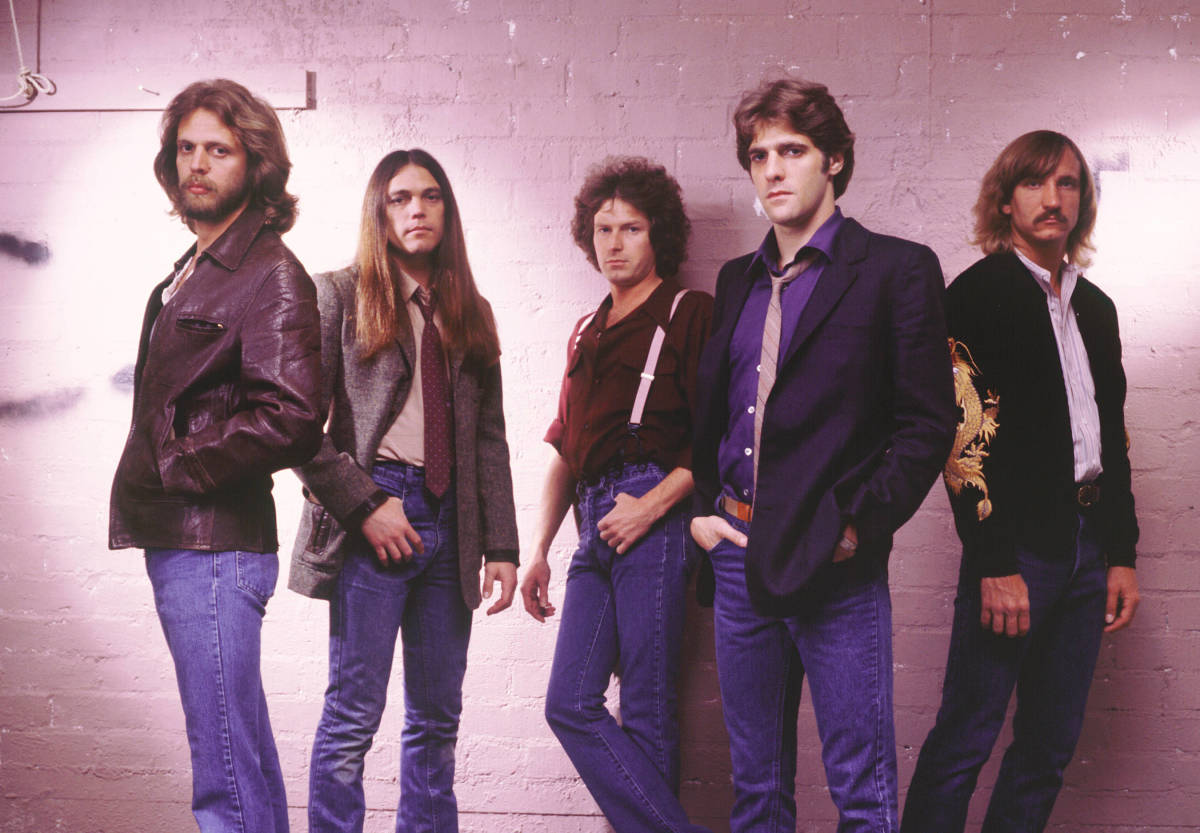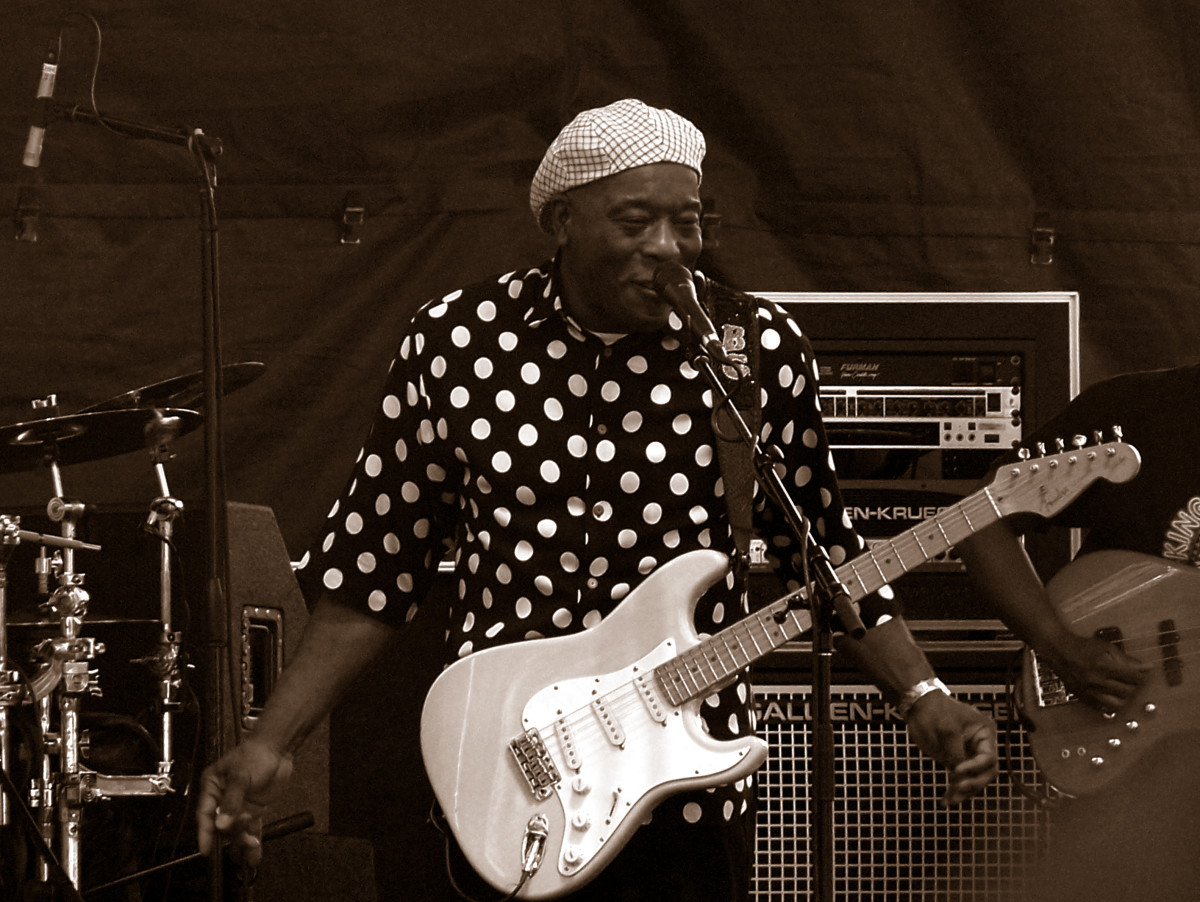Gustav III and Verdi’s Masked Ball
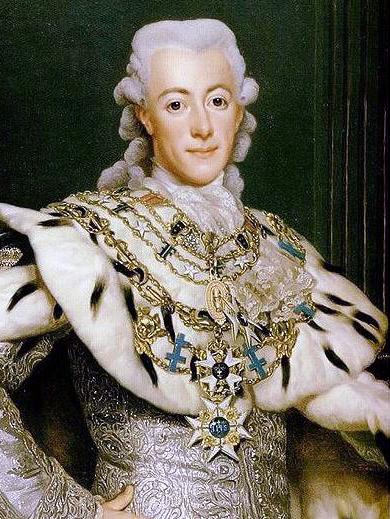
One of the biggest hassles of Giuseppe Verdi’s life was getting his 1859 opera Un ballo in maschera or A Masked Ball on the stage. The problem was not that the story was overtly sexual or that the music was too revolutionary; the problem was that Verdi kept hitting walls as far as political censors.
Un ballo in maschera is based – and quite accurately too – on the assassination of King Gustav III of Sweden (1746-1792). His death was predicted by a fortune teller named Ulrica Arfvidsson (1734-1801). The prediction took place six years before the actual event and was quite vague, but Arfvidsson did indeed point out one of the men who conspired to take Gustav’s life.
The Motive
By all accounts Gustav seemed like a pretty good ruler: he allowed freedom of the press, he outlawed nearly all capital punishment, and was surprisingly tolerant as far as religion. However, Gustav III wanted absolute power. He believed in royalty too much: he isolated himself from political friends in his own country and started meddling in the problems of other places. The classic example of this was his crazed idea about creating an axis of royal powers to control the effects of the French Revolution.
Gustav could not have picked a worse time to play absolutism. The American Revolution, the French Revolution, and the still-in-recent-memory Jacobite Rebellions in Scotland combined to create an extremely anti-royalist atmosphere all across the world. This is ultimately what led to his downfall.
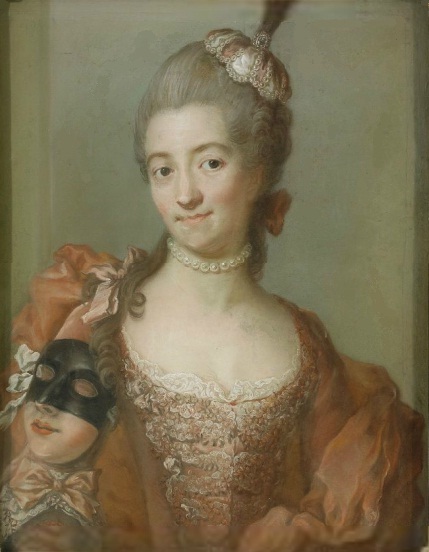
There were three men involved in the plot which ended his life: Count Claes Frederick Horn, Captain Jacob Johan Anckarström, and Count Adolph Ludvig Ribbing. Basically nothing is known about Horn. Anckarström had been accused of calumny against the king and never got over the disruption it caused in his life, despite the fact that he was later acquitted. Ribbing had been educated in France and had picked up many political ideas from there. But even more so, Ribbing’s mother, Eva Helena Löwen, was at odds with the king: Gustav had become fixated on the idea that the queen had cheated on him and that his son had been fathered by another man. Although Löwen was on the queen’s side it is thought she may have started the gossip. At any rate, she and the king were enemies until the latter’s death.
Anckarström was the one who fired the shot, and he was the only conspirator who was executed. But oddly enough, he was not the one pointed out to Gustav by Ulrica Arfvidsson
The Prediction
During 1786, Gustav went in disguise to visit Ulrica Arfvidsson. She told him, rather vaguely, that he would meet a man with a sword who wanted to take his life. On his way back into the palace, Gustav met Ribbing, who was returning from a liaison with a duchess. Ribbing was wearing a sword that night.
At the Masked Ball
On March 16, 1792, a masquerade ball took place in the opera house Gustav had founded 10 years earlier. The king had received an anonymous death threat that night but had ignored it. He arrived, in costume, at the masked ball and shortly afterwards was attacked by Anckarström, Ribbing, and Horn. Gustav was shot only once and lived for another 13 days before dying on March 29th at the age of 46.
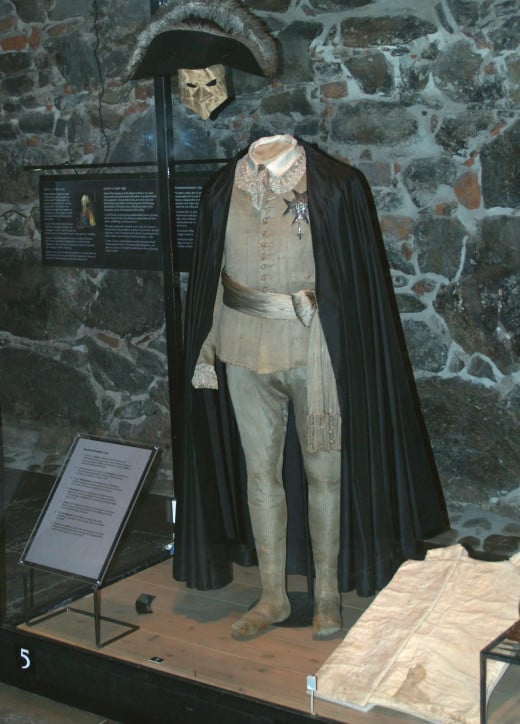
Verdi’s Opera
Verdi began working on Un ballo in maschera during 1857. It was originally intended to be called Gustavo III, a slight Italianization of the title of a French play by Scribe which served as the basis for the story. The censors almost immediately started squawking and insisted, among other things, that the main character could not be a king. Verdi started making changes, but everything came to a halt when three Italians attempted to assassinate France’s Napoleon III during early 1858. The censors quite literally started ripping Verdi’s opera to shreds. They wanted the assassination to take place offstage, they wanted a change in the murderers’ motives, and they wanted Ulrica’s part of the story to be cut out completely. With all this it is nothing short of a miracle that Un ballo in maschera was ever staged at all.
Marian Anderson as Ulrica
![Verdi - Un Ballo in Maschera / Levine, Pavarotti, Nucci, Metropolitan Opera [DVD]](https://m.media-amazon.com/images/I/51VMQCqlInL._SL160_.jpg)
Plymouth Rock landed on us…
The compromise that was eventually reached sounds almost ridiculous now: the opera’s setting was changed to, of all places, an English settlement in Boston, Massachusetts. The opera was given yet another title, the main character became a governor rather than a king, and the names, with the exception of Ulrica, were given a much more neutral Italian sound (Gustav became Riccardo, Anckarström became Renato). Un ballo in maschera was finally staged on February 17, 1859.
Even with all these changes, the opera sticks pretty close to what actually happened: Riccardo, the governor of Boston, is making enemies despite being an overall fair ruler. His best friend Renato warns him to watch his step, but Riccardo ignores him. Riccardo is also in love with Renato’s wife, Amelia, and is conflicted over what to do about it. He goes in disguise to visit Ulrica, a local fortune teller, who warns him that his death in imminent. She points out Renato as one of the conspirators, but Riccardo says that is impossible.
Amelia comes to Ulrica’s and Riccardo finds out his love is reciprocated. They meet later that night and barely escape being discovered by Renato. Renato knows there are men out to attack Riccardo and sends him away. Amelia later reveals herself in an attempt to keep her husband from fighting with the conspirators. This pushes Renato over the edge and he joins the plot against the governor’s life.
They plan to assassinate Riccardo at the upcoming masked ball. Amelia discovers their plot and sends Riccardo an anonymous warning. Riccardo, however, wants to see her again and comes to the ball anyway. The governor is shot, but before dying forgives Renato.
During the 20th century, changes were made to the score which allowed the setting and the character names which Verdi had originally intended to be restored (for example, Riccardo's name was changed back to Gustavo). Un ballo in maschera is now one of Verdi’s most performed operas, and both the Swedish and the Boston settings are still used to this day.

